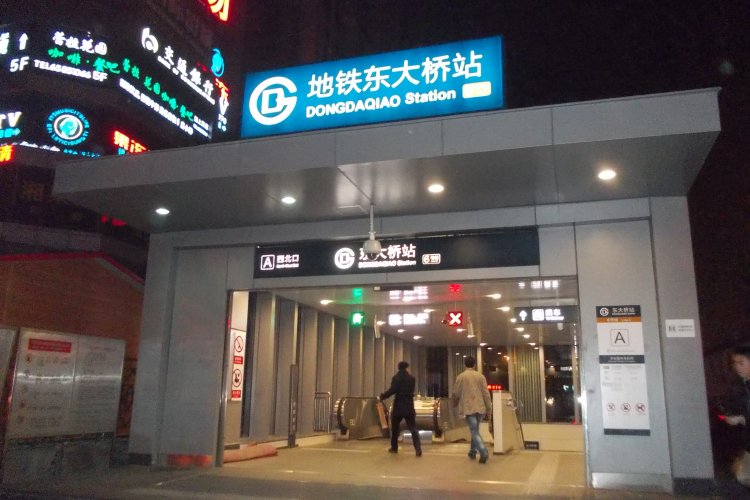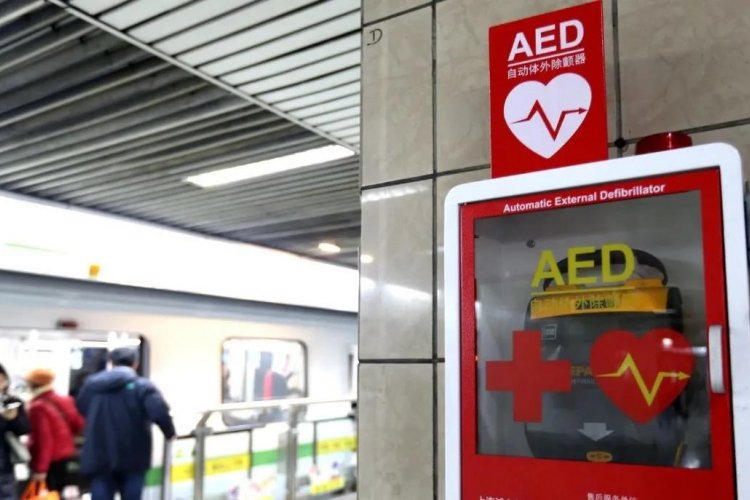Going Underground: National Library, Lines 4 and 9
Selling Point
Bedecked with frescoes paying literary homage to the Chinese classics housed in its namesake National Library, this massive interchange station between lines 4 and 9 lies west of Beijing Zoo and south of Weigongcun’s cafes and eateries. The relative quiet makes it an ideal place to hole up with a book.
Read
Dating back to the late Qing dynasty, construction began on the National Library in 1909, and it was first opened to the public in 1912. Today, it is the seventh largest library in the world (according to Wikipedia) and houses a collection of over 30 million, including archives of Qing Dynasty literary works, manuscripts dating from the Southern Song Dynasty and a collection of inscribed tortoise shells and bones dating back over 3,000 years. It also boasts a large collection of over 8,000 digital publications.
Eat
For a distinctly regional Chinese meal, take exit A and walk north 300 meters to find the Salt Merchants Restaurant, Jinfuyubang (锦府盐帮), on the west side of the street across from Hubei Dasha (湖北大厦). Specializing in Zigong cuisine – a regional cuisine from within Sichuan – this restaurant is located in a nondescript compound that belies its ornate wood-themed interior. If you’re hungry for other options, saunter up just south of Weigongcun, where you’ll find plenty of regional restaurants and cafes near Minzu University.
Stroll
So named for the many plush groves of bamboo planted within, Zizhuyuan, or Purple Bamboo Park, surrounds the National Library to its west and south. Constructed in the Chinese classical garden style, the park is filled with picturesque rock gardens and islets dotting a large network of canals, ponds and lakes that can be explored by boat or “ice chair” in the winter. There is also a spacious playground with a sea of slides, rocking horses, and more for the kids.
This article originally appeared in the November issue of the Beijinger. Read it online.
Photo: engilsh.cntv.cn






